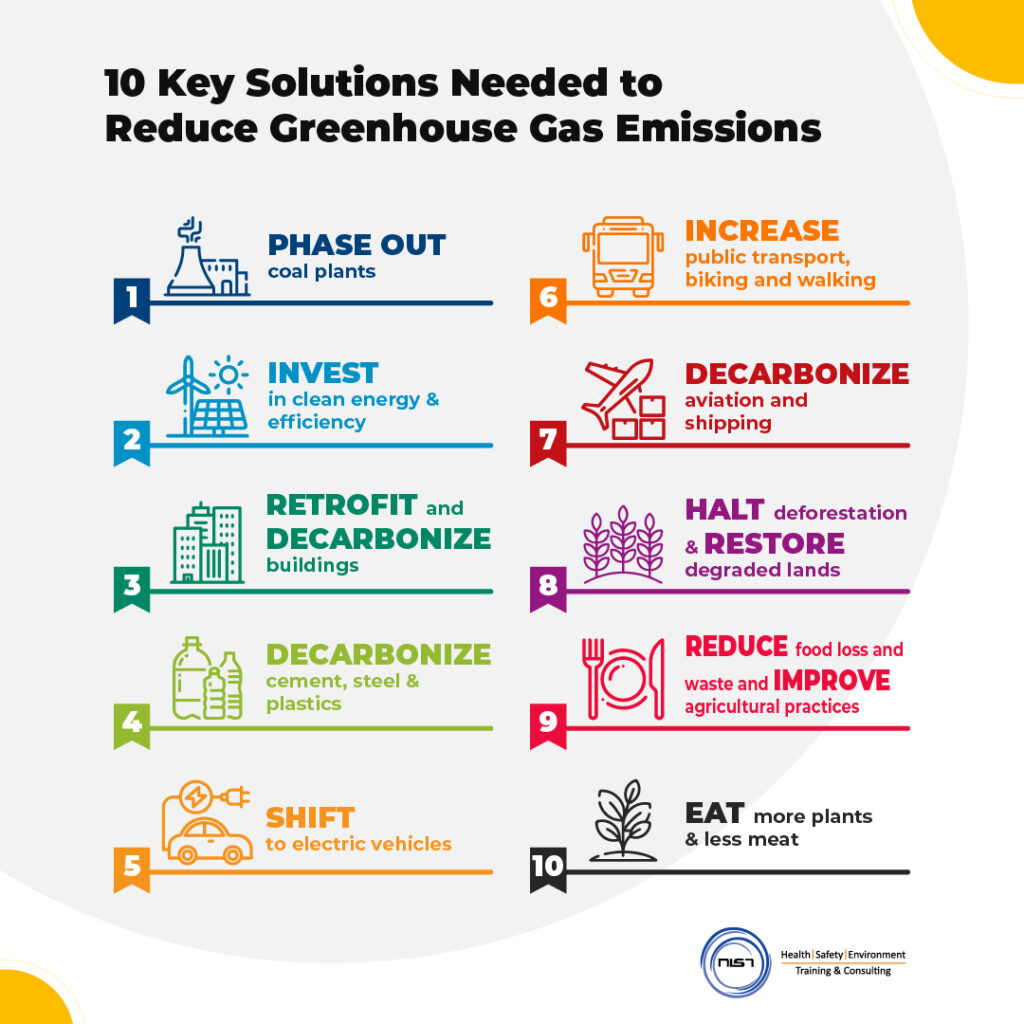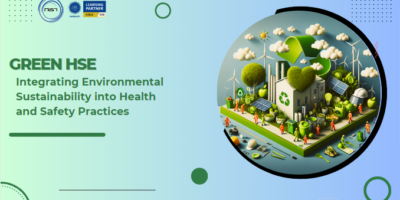What is Net zero?
The phrase “net zero is widely used, but what does it actually mean?
Simply said, net zero describes the balance between the production and removal of greenhouse gases from the atmosphere. It can be done by combining emission removal with emission reduction.
Net Zero requires us to balance the amount of greenhouse gases we emit with the amount we remove. When what we add is no more than what we take away, we reach net zero.
Why is Net Zero Important?
Combating climate change is a primary priority for all entities, including nations, businesses, and people. The future will depend on the process of decarbonisation to restrict emissions in the coming ten years, so every nation, industry, and each of us must collaborate to develop solutions to reduce the amount of carbon we produce.
The global race to get carbon dioxide and other greenhouse gases out of our atmosphere has begun on a worldwide scale. The stakes are at an all-time high because human-caused emissions are devastating our planet and driving us deeper into an unstoppable climate calamity.
All of the major governments, scientists, and business leaders in the world concur that immediate action is required to stop additional global warming. The general agreement is that we must reduce our carbon dioxide (CO2) emissions by nearly halving them by 2030 and achieving pathway to net zero emissions by 2050 in order to keep the rise in average global temperature to 1.5°C.
’How to Achieve Net Zero?

Most of the net zero methodologies and technologies are already in existence and is becoming more and more cost-competitive with high-carbon alternatives. For 67% of the world’s population, solar and wind power is now the cheapest option. As markets become more aware of these potential and the risks associated with a high-carbon economy, they are changing accordingly.
Accordingly, investments in carbon removal technologies are getting imperative. Emissions from industries where achieving net-zero emissions is more challenging, like aviation, will be made up for by removing CO2 from the atmosphere. A number of methods, including technological and land-based ones, can be used to remove carbon.
Otherwise, in situations where progress is stalled or going completely in the incorrect direction, steps must be made to shift direction. For instance, by 2030, the world must significantly halt deforestation and triple the rate of growth of the tree cover.
Proper utilization of Offsets for carbon reduction and achieving Net Zero
Without preserving and reviving nature, we cannot cut global emissions in half. Yet, since there is no either/or choice here, it is crucial to comprehend the function that offsets provide. Recent years have seen a lot of criticism surrounding offsets in corporate climate policies because they are frequently utilised to postpone or replace the significant expenditures that businesses must undertake to decrease emissions throughout their value chain. The companies’ progress has been considerably slowed by this strategy because they delay altering their operations to reduce pollution. Also, there have been affordable, subpar offsets on the market, which has put the veracity of corporate net-zero commitments into question.
Thankfully, we are now witnessing a new style of corporate leadership as businesses have started utilising high-quality offsets, such as investments in halting deforestation or restoring wetlands, and they are doing so in addition to their science-aligned carbon reduction initiatives. Offsets must be applied in this way so that they serve as a tool to boost ambition rather than postpone action.
Changing the way businesses in the food, land, and agriculture industries use land is an important aspect of reducing emissions. Companies in these sectors are now required to follow guidance from the Science Based Target Initiatives to remove tropical deforestation and other types of ecological damage from supply chains by 2025.
Net zero Training
Employers must think about how to prevent disruptions to the communities and workforce they depend on while high-carbon industries transition away from fossil fuels. Planning how to provide net zero training for employees or provide other possibilities falls under this category.
IEMA Pathways to Net Zero Training
At NIST Global, we offer environment and sustainability courses like Pathways to net zero course that entirely focuses on net zero methodologies and technologies to reduce carbon emission. Training Courses on Decarbonisation for industries & corporates have become crucial now due to the rising climatic crisis. The aim of the Pathways to Net Zero course is to give managers and leaders a strategic and practical understanding of environmental issues and sustainability as they relate to their particular field of work and industry. For further details on IEMA Pathways to Net Zero Training, kindly call our experts @ +91 8056000530.














Leave a Reply